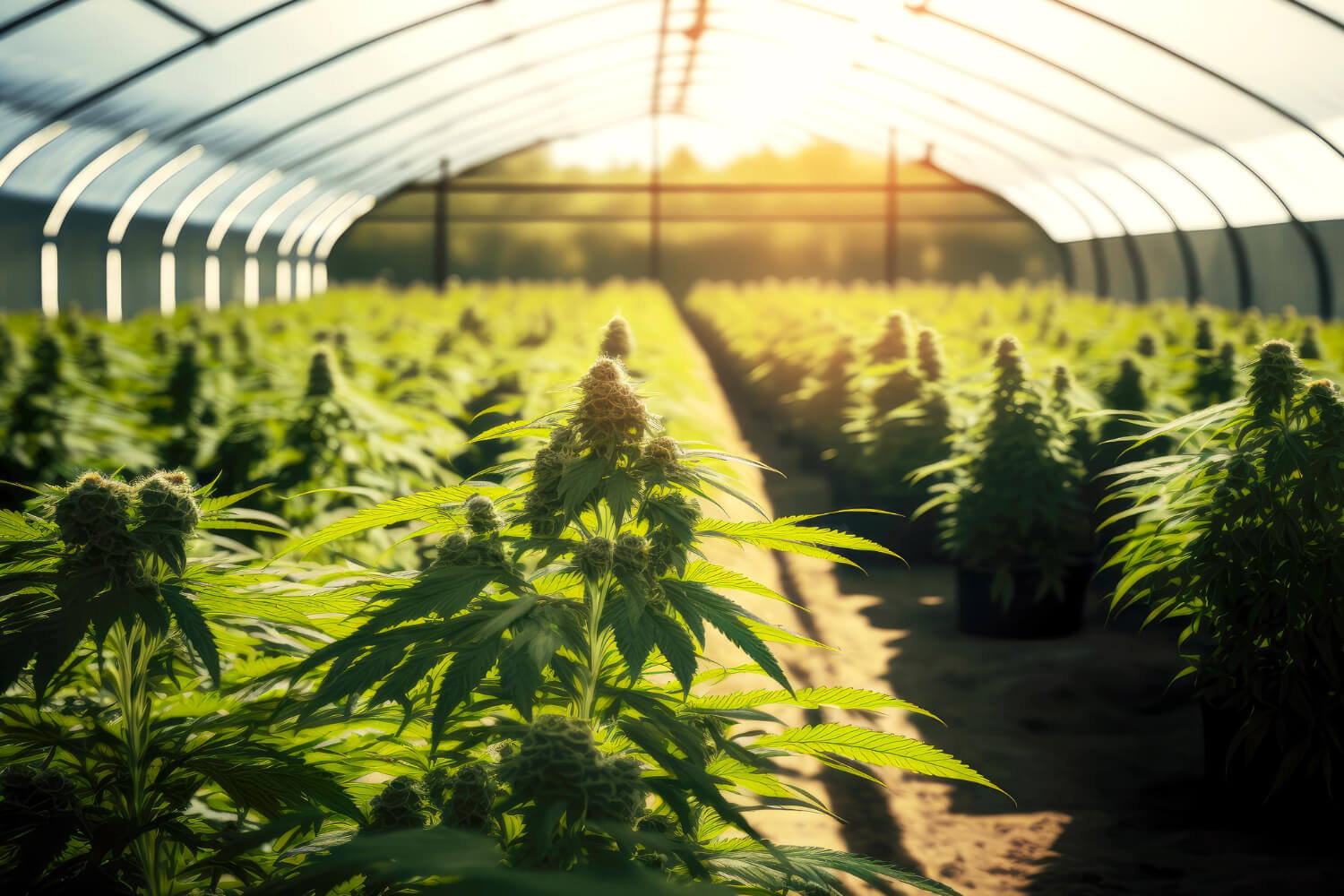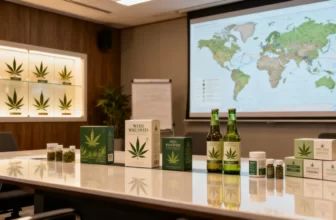After a surge in the construction and licensing of cannabis greenhouses and indoor grow operations following adult-use cannabis legalization in 2018, Canadian cultivators now face the harsh realities of overproduction. Oversupply has driven major producers like Phoena Group (formerly CannTrust), SNDL, Tilray Brands, Cronos Group, and Canopy Growth Corp. to close or sell their cultivation facilities—totaling approximately one-third of Canada’s licensed greenhouse and indoor marijuana production. This market adjustment signals the need for a pivot towards smaller-scale, higher-quality cannabis production to meet consumer demands and create financial stability within the industry.
Oversupply Provokes Strategic Facility Closures
The excess investment in large-scale cannabis cultivation led to significant drops in prices, especially for low- to mid-quality products. In response, many of these sizable facilities have either been shut down or sold off. Remove more than just physical space; these closures have also reduced overall cultivation capacity. For example, Health Canada data from March 2023 reveals that about 16.3 million square feet of licensed greenhouse and indoor cultivation areas exist today—a stark contrast to the still-present 63.2 million square feet of outdoor area for cannabis growth.
Tactics Vary Among Major Producers
Among the most prominent players in the Canadian cannabis market, SNDL made headlines when it recently announced the closure of its 448,000-square-foot facility in Olds, Alberta, to remain competitive. Not too long ago, Tilray Brands did something similar by closing a facility in Nanaimo shortly after acquiring it in 2021. Likewise, Cronos Group shared its plans to exit a Stayner-based production facility—though the company will maintain some operations there. Lastly, Canopy Growth Corp. sold its iconic cultivation fixture to Hershey Canada for CA$53 million.
Resurgence of Small-scale Cannabis Production
In response to this industry shift, many entrepreneurs opt for smaller production facilities that carry lower startup costs and generate higher-quality products. The Canadian federal government has supported this new focus by granting more standard cultivation licenses (sans square-footage limits) and 130 new micro-class licenses. These licenses have helped pave the way for a resurgence in small-scale cannabis production, making room for more nimble businesses capable of producing top-tier marijuana products, which are increasingly popular among consumers.
Recovering Industry Learns from Past Boom-Bust Cycle
While it might be easy to cast these closures and operational shifts as signs of doom for the Canadian cannabis industry, they serve as essential growing pains and opportunities for learning. Most large-scale facilities that no longer hold their footing emerged between 2017 and 2020—a time marked by an intense rush into the sector spurred by legalization. However, newer market entrants with lower operating costs captured significant market share, edging out legacy growers struggling to recalibrate production practices. Additionally, demand shifted away from mass-produced “factory weed,” putting the final nail in the coffin for many of these expansive operations.
Looking Ahead: Optimism for a Stronger, More Stable Canadian Cannabis Market
As the Canadian cannabis industry regroups and recovers from the lingering proving grounds of early days post-legalization, there’s hope for a stronger, more robust market ecosystem built on the success of niche producers and boutique operations trading mass-produced products for genuinely exceptional cannabis experiences. For those willing to learn from the past and adapt, there’s ample room for growth—and not just in terms of square footage.





